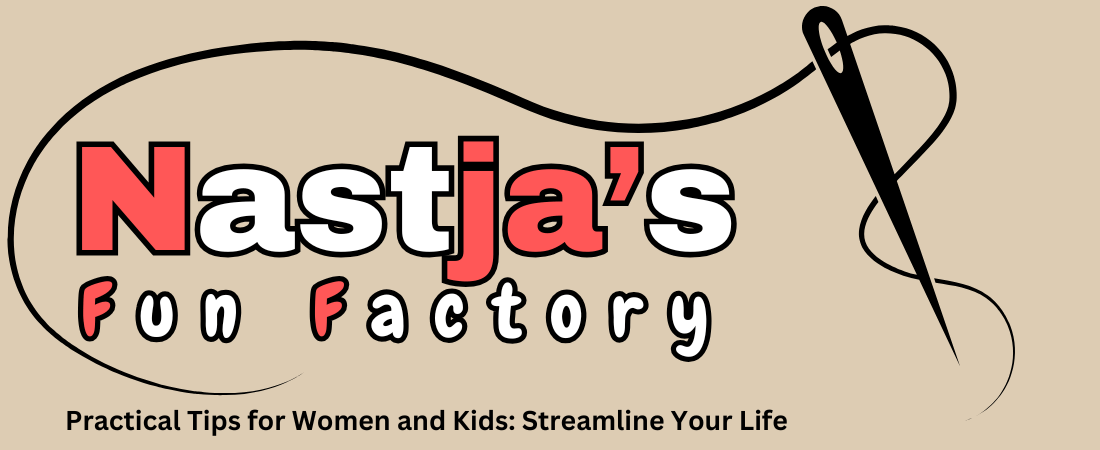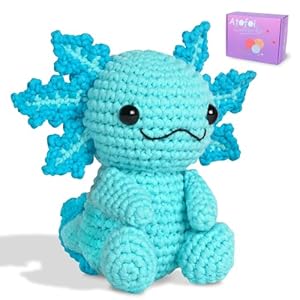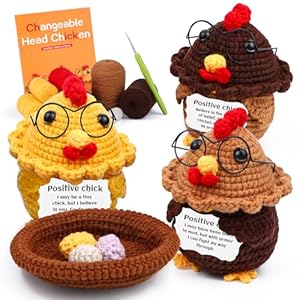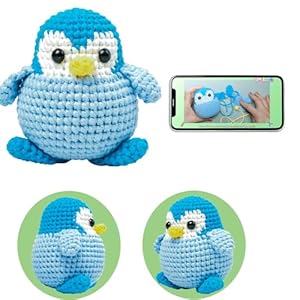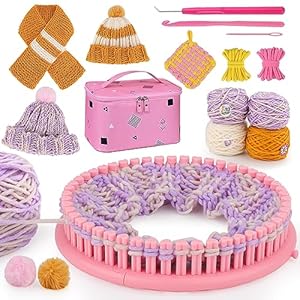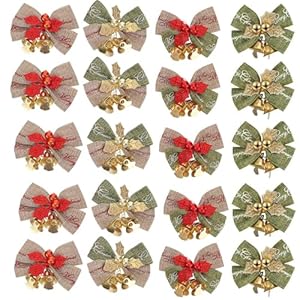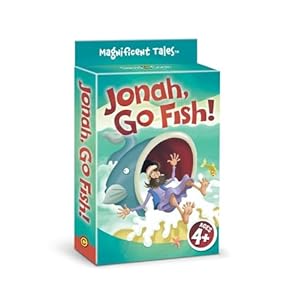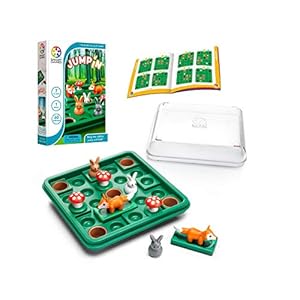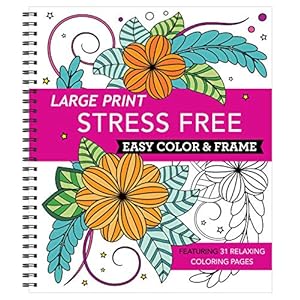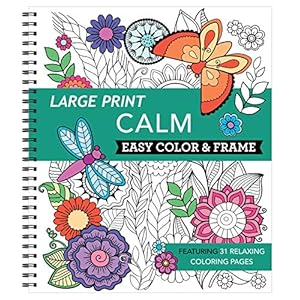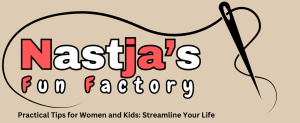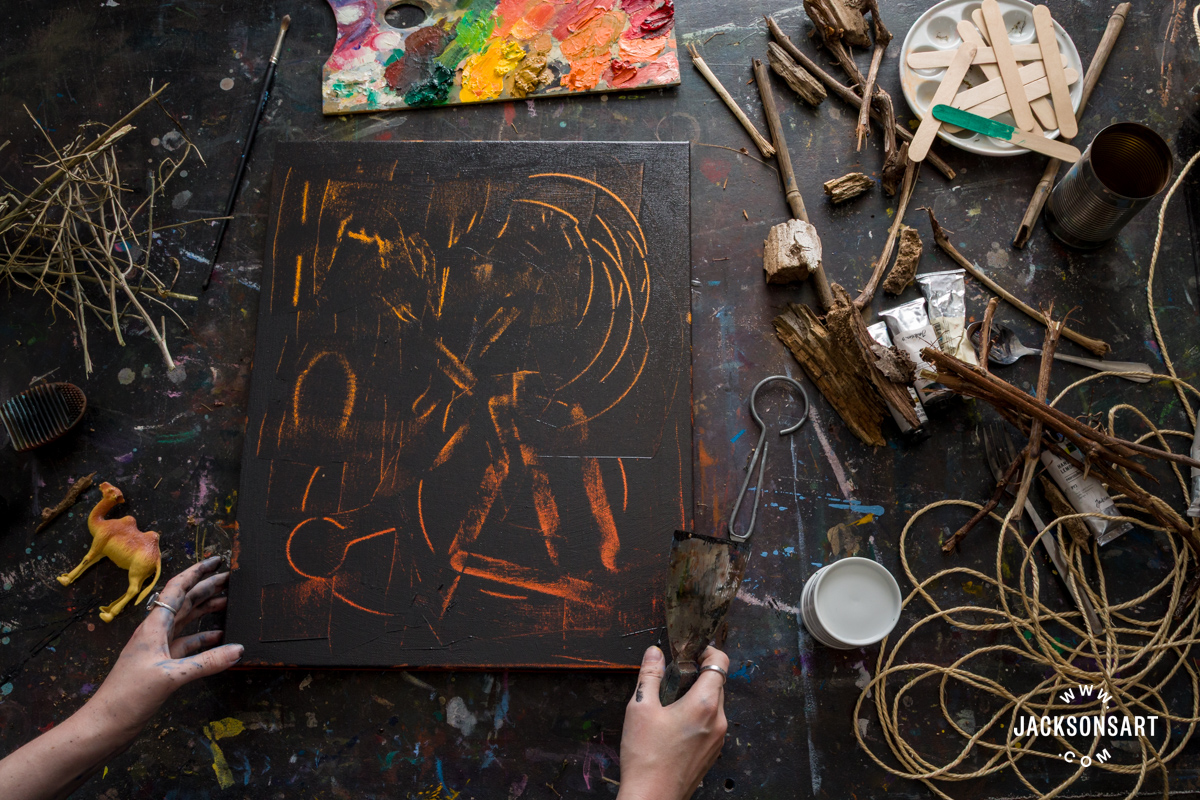
In this article, I define the grattage technique, invented by the Surrealist Max Ernst, and used in the work of his contemporaries and beyond. I consider the visual impact of this tactile method of scraping oil paint across a canvas laid over unconventional materials. Then, I demonstrate how to achieve it in your own oil paintings by testing it out with wood, cutlery, string, and some studio objects. Articles in the Techniques Series define the meaning and context of art making processes and give practical tutorials on how to work with them.

The Grattage Technique for Painting
Definition
Grattage comes from the French verb ‘gratter’ meaning ‘to scrape’. The grattage technique is created when a wet oil painting is pressed on top of various everyday materials, such as wood, mesh, string, glass, or wire, and the top layer of paint is scraped away with a palette knife or spatula, picking up spontaneous unexpected textures on the face of the painting.
What is the Effect of Grattage?
The grattage technique relies on unexpected marks and chance textures which the artist and audience respond to intuitively. Adding grattage to a painting may spark new ideas in the painter, or help to create something that their human hand could not replicate. It may help them to express a feeling or motif in their work that the impression of a physical object could best represent. Grattage may also create visual associations with natural elements, such as the surface of a tree, a towering mountain, or a crumbling wall. It may have a violent connotation, where the paint has been forcibly removed, perhaps leaving behind a shattered or rubble effect.
Depending on the materials used to achieve the grattage, in combination with the colours used, and the content of the rest of the painting, its personality will shift. The work may gain an earthy grounded effect, or emulate human destruction. It’s versatile as a technique since the results can be as varied as the materials and the arrangement that the artist experiments with.
The History of Grattage
The German Surrealist Max Ernst invented grattage in 1926, after seeking to transfer frottage – the other technique he coined – to painting. Earlier in his career, Ernst had been a prominent figure in the Dada collage movement, born out of the horrors of the First World War, and a rejection of the traditions of art and the establishment. Ernst served for four years in the war himself. His paintings following this period are full of personal mythology, reflections on childhood, his complex relationships, and a sense of destruction.
After the outbreak of World War Two, he was identified as an enemy alien in France and was interned twice. After being freed in 1940 he fled to the Emergency Rescue Committee who helped artists to escape Nazi-occupied Europe. He travelled to America in 1941, where he would go on to make paintings that were influential to the Abstract Expressionists, leaving behind his frottage and grattage techniques, before returning again to France in 1953 where he remained until his death. His oeuvre is marked by shifts in personal history, location, tragedy and romance, and developing his techniques as he went. Grattage was invented amidst a short window between World Wars, and the visual connection between debris and a shattered picture plane is inevitably linked.
The unusual and unexpected patterns of marks that the technique created became a point of departure for his paintings, where he would react to the characters or scenes they conjured up in his imagination, and put them to paint. He would often cover much of the grattage effect with other paint, only allowing specific areas to show through.
The Horde is part of a series of paintings of the same title that Ernst created using grattage to generate the nightmarish humanoid animal creatures that crowd the paintings. Max Ernst Showing a Young Girl the Head of his Father uses grattage to create the texture of the looming forest in the unsettling scene, and in The Great Lover I, grattage is used in the texture of the steep walls on the left around the fragmented torso. Forest and Dove depicts another forest crowded by grattage-filled trees, this time crowding the enveloped symbol of peace.
Grattage aligns with the ideals of Surrealism, from transforming everyday objects into the uncanny to turning inward to the subconscious to generate ideas. The group was very interested in Freud’s writings, which steered them toward pursuing Automatism – an art generated without conscious thinking, like people breathe or sleep. Grattage can be seen as an extension of these ideas, as Ernst said himself, “I came to assist as a spectator at the birth of all my works”.

Demonstrations of the Grattage Technique in Painting
For my first example, I wanted to try creating grattage with a variety of studio objects. For the following demonstrations I am using Jackson’s Professional Oil Paint on a Jackson’s Premium Stretched Cotton Canvas, scraped with a large palette knife. This first canvas is coated with oil paint applied straight from the tube, and the following example is combined with some medium, to test if the effect is more or less successful depending on the consistency of the paint.
I arranged an assortment of studio objects, such as ceramic palettes, cutlery, string, and tubes of paints.

Next, I applied a thick layer of Kings Blue Light with no medium onto my canvas, over my ground of black acrylic paint.

I pressed the canvas on top of my arrangement of materials, making sure that there was some pressure on the back. You may have to elevate some items if they aren’t tall enough to touch the back of the canvas.

I used my palette knife to scrape over the objects under the canvas, revealing black traces of the impression of each item. I found that items with solid ridges showed through best.


Next, I wanted to repeat the process with oil paint mixed with Jackson’s Pure-Sol Low Odour Solvent in a 1:1 ratio. I worked over a ground of acrylic paint applied in a gradient with Cadmium Yellow Medium and Cadmium Orange. I was hoping to emulate some of the texture from Ernst’s unsettling forest paintings, but found that my studio objects appeared much better than my sticks.

This is a fairly messy process, and I repeatedly changed and moved objects around as I worked, adding new textures as I went. I found that the paint in this example – mixed with medium – was much easier to scrape off than in the previous one.

Tips: If at first your objects for creating grattage aren’t working – don’t give up! Whilst I was working I quickly realised that some of my items weren’t rigid enough to leave an impression, like some thinner branches and the string. It’s very easy to cover your first attempt with the brush again since the oil paint is wet and try again until you see the results you like.

Demonstration of Painting Over Grattage
Since Ernst always painted over the grattage technique that he applied, using it to generate new imagery by sparking his subconscious mind, I wanted to try the same thing. I worked on a canvas that I pre-prepared with grattage using Cerulean Blue Genuine, pressed over an arrangement of sticks and chunks of wood. I felt that the texture that appeared on my canvas as ghostly lines reminded me of a cliffside, so I went back into the painting with Indigo to reinforce the image I envisioned for it.
I painted in some craggy shadows onto my canvas, making sure not to cover the grattage highlights that I wanted to preserve.

I loosely mapped out the edges of my cliff and blocked in the sky and ground, covering a little bit of the grattage effect.

I completed the painting, by giving it some greater depth and detail.
Tips: Using grattage as a tool to spark the imagination could lead you to create images that you’d never intentionally paint otherwise. It’s exciting to be free in this regard, and not try to force the marks to become something conventional.
If you allow your grattage layer to dry down before you paint on top of it, you can recover the layer again if your painting goes wrong by wiping it back with a rag.
Further Reading
How to Use Palette Knives for Painting
Chiaroscuro Techniques for Painting, Drawing and Printmaking
Scumbling Techniques for Painting
Shop Art Materials on jacksonsart.com
The post Grattage Painting Techniques with Found Surfaces and Materials appeared first on Jackson's Art Blog.
Trending Products
